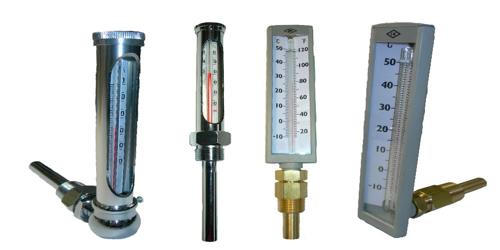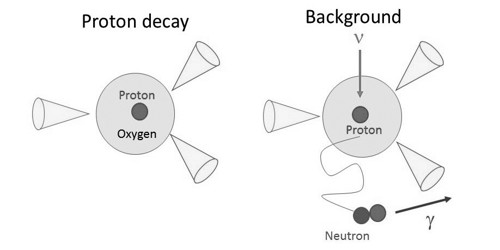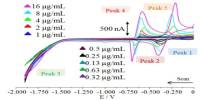Industrial Uses of Mercury
Some common uses for mercury are to conduct electricity, measure temperature and pressure, act as a biocide, preservative, and disinfectant, as well as a catalyst for reactions. In Western countries, the use of mercury in industrial processes has almost disappeared. In modern times, exposure, and therefore toxicity is limited mainly to dentistry; thermometer, barometer and mercury arc equipment manufacture; pigment, fungicide, insecticide and dry cell battery manufacture. Within industry there are all possible types of mercury products installed in distribution boxes, electrical surrounding equipment, boiler rooms, sumps, machinery, measuring instruments, etc. The following provides a brief summary of mercury use in specific industrial products and sources.
Mercury compounds have in the past been used as diuretics, anti-infective, laxatives, eye and skin treatments, but these uses have now been superseded by more appropriate drugs. Mercury compounds were once used extensively in the production of paper.

Elemental mercury:
Elemental mercury can be found in
- Electrical switches
- Fluorescent light bulbs
- Older dental fillings
- Some medical equipment.
Elemental mercury is usually quite harmless if touched or swallowed. It is so thick and slippery that it usually falls off your skin or out of your stomach without being absorbed.
Breathing in elemental mercury will cause symptoms right away (acute) if enough mercury is breathed in. Symptoms will also occur over time (chronic) if little amounts are inhaled every day. If this occurs, symptoms may include:
- Metallic taste
- Vomiting
- Difficulty breathing
- Bad cough
- Swollen, bleeding gums
INORGANIC MERCURY:
Unlike elemental mercury, inorganic mercury is usually poisonous when swallowed. Depending on the how much is swallowed, symptoms may include
- Burning in the stomach and throat
- Bloody diarrhea and vomiting
If inorganic mercury enters your blood stream, it can attack the kidneys and brain. Permanent kidney damage and failure may occur. A large overdose may cause massive blood and fluid loss from diarrhea, kidney failure, and death.
Inorganic mercury can found in:
- Chemistry labs
- Some disinfectants
- Folk culture medicines
Organic mercury:
Organic mercury can cause sickness if breathed in, eaten, or placed on the skin for long periods of time. Usually organic mercury causes problems over years or decades, not immediately. In other words, being exposed to small amounts of organic mercury every day for years will likely cause symptoms to appear later. Regardless, a single large exposure can also cause problems.
Long-term exposure will likely cause neurological symptoms, including:
- Numbness or pain in certain parts of your skin
- Uncontrollable shake or tremor
- Inability to walk well
- Blindness and double vision
- Memory problems
- Seizures and death (with large exposures)
Organic mercury can be found in:
- Thimerosal
- Fumes from burning coal converted into organic mercury by certain organisms
- Fish that have eaten a form of organic mercury called methyl mercury — see article on methyl mercury
Applications:
- For the manufacturing of industrial chemicals or for electrical and electronic applications.
- In thermometers.
- As mercury sphygmomanometers, a blood pressure meter.
- Thimerosal, an organic compound is used as preservative in vaccines and tattoo inks.
- As mercury barometers, diffusion pumps, coulometer, and many more laboratory instruments.
- In mercury arc rectifier, a type of electrical rectifier that converts alternate current into direct current.
- In mercury-vapor lamps and some neon advertising signs and fluorescent lamps.
- Once used as coolant for nuclear reactors, which has been replaced by sodium and also in the amalgamation process of refining gold and silver ores.
- As folk medicine and ceremonial purposes that involves ingestion, injection, or the sprinkling of elemental mercury around the home.
- In mercury switches, mercury cells and chlorine production, electrodes, batteries, and catalysts.
- As herbicides, insecticides, dental amalgams and liquid mirror telescopes.
Information Source:
















